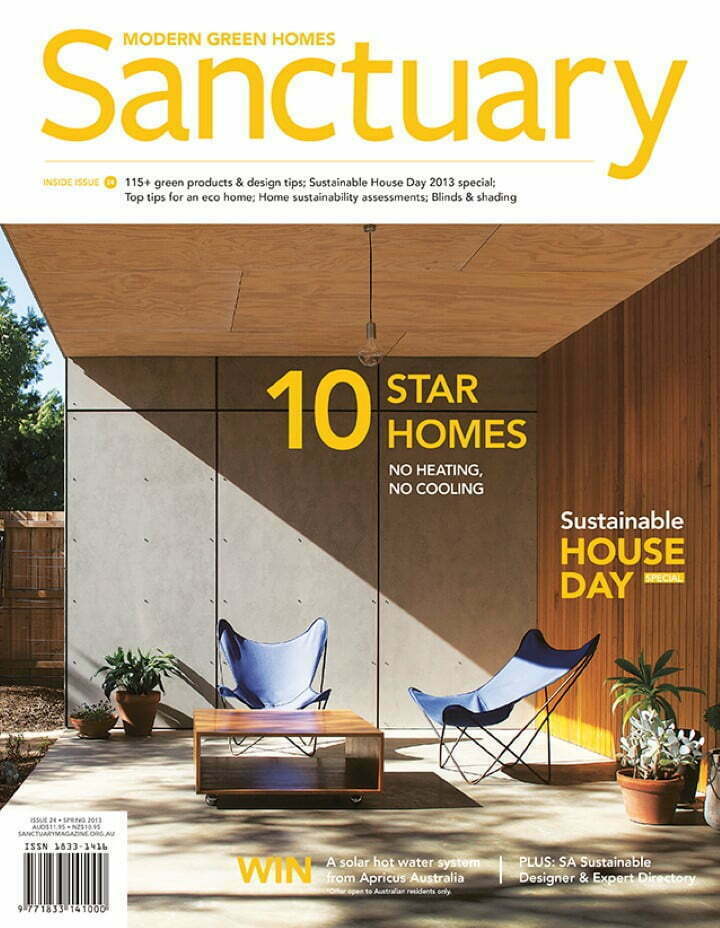Designing 10 Star homes
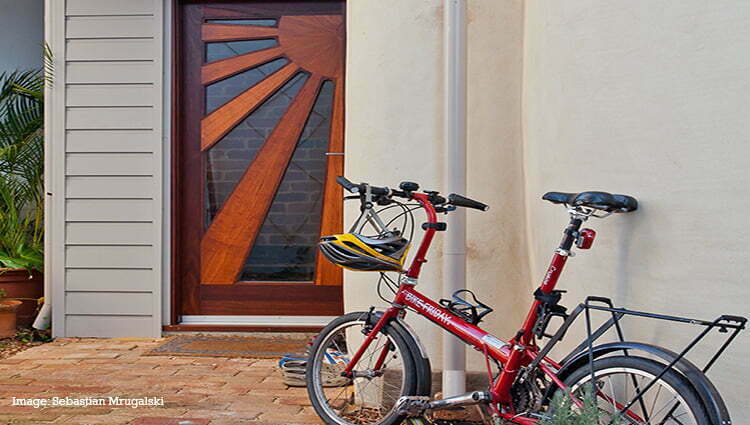
10 Star homes require no heating or cooling to keep us comfortable year-round. So why have so few of these super energy efficient homes been built?
The more energy stars your home has, the more comfortable it is, with less need for heating or cooling. A 10 Star home should need no heating or cooling whatsoever.
All new buildings in Australia have to be built to a minimum 6 Star rating. Stars are calculated using Nationwide House Energy Rating Scheme (NatHERS) software which uses computer simulation at design stage to assess the thermal performance of a home. NatHERS looks at elements such as orientation, layout, construction materials, insulation and glazing.
The Australian sustainable building guide, Your Home, estimates that 38 per cent of a home’s energy use is for heating and cooling, so a 10 Star home should save significant greenhouse gas emissions and money on bills, year on year.
So why are so few 10 Star homes built in Australia?
Lack of knowledge in the building industry is holding back affordable high-performance solutions, says Tim Adams, principal of F2 Design and former president of the Building Designers Association of Victoria BDAV).
Adams has been instrumental in promoting 10 Star homes in Australia. He helped launch the BDAV’s 10-Star Challenge in 2011, a competition that awards the best 10 Star designs. “The idea behind the contest was to get building designers and energy raters to go through the process of designing a 10 Star house,” he says. “By going through that process they gained an understanding of what’s required to design to 10 Stars, and from then on designing 7 or 8 or 9 Star homes was so much easier.”
Dick Clarke from building design firm Envirotecture agrees: “Striving for 10 Stars is useful as it can develop techniques and materials that will trickle down to make the broad adoption of 8-plus Stars more affordable.”
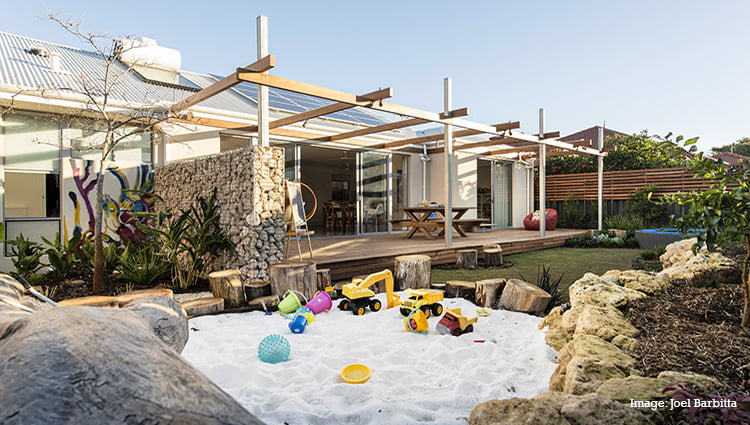
But is 10 Stars economical? It can depend on where you live, says Tim Ellis from Timothy Ellis Building Design. “Having done 10 Star designs for both Victoria and northern Queensland, I have found that in general the measures required for 10 Star housing in Victoria add more to build costs. Designing for cooler climates tends to be a more expensive proposition.”
But the savings can be more significant, says Trivess Moore, research fellow at RMIT’s College of Design and Social Context. He says moving the discussion away from ‘affordability versus sustainability’ is vital.
More ideas and advice
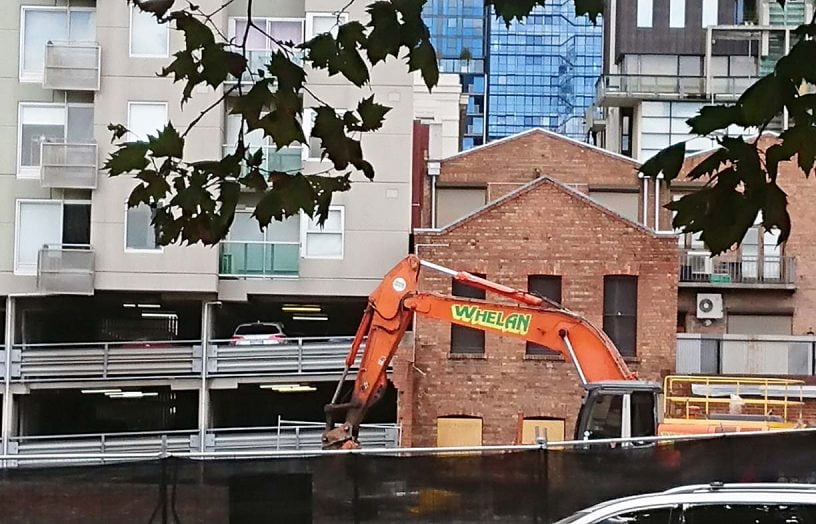 In focus
In focus
Inside the war on construction waste
Deconstructing buildings to salvage materials is less common than demolition for landfill – but could this be about to change?
Read more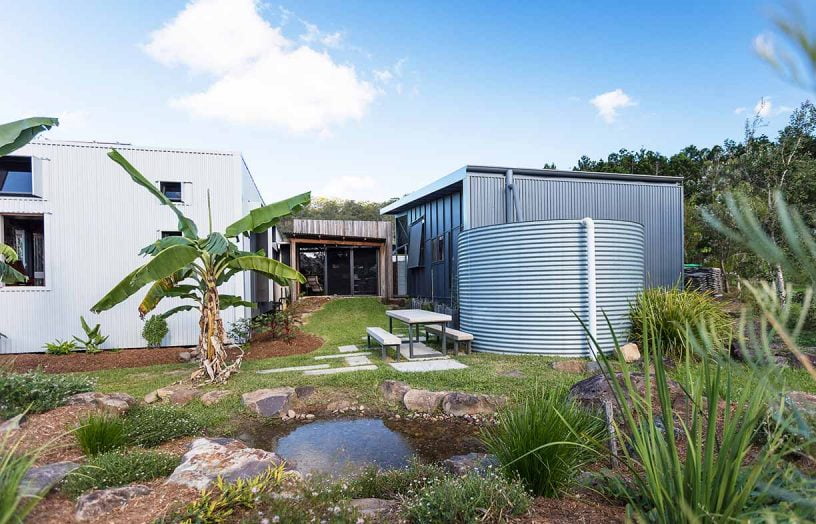 In focus
In focus
Lessons learnt
Five years ago we featured a house in the Currumbin Ecovillage on the Gold Coast that was designed using three pavilions to accommodate two households in a co-housing arrangement. How is their experiment evolving? We revisit to find out.
Read more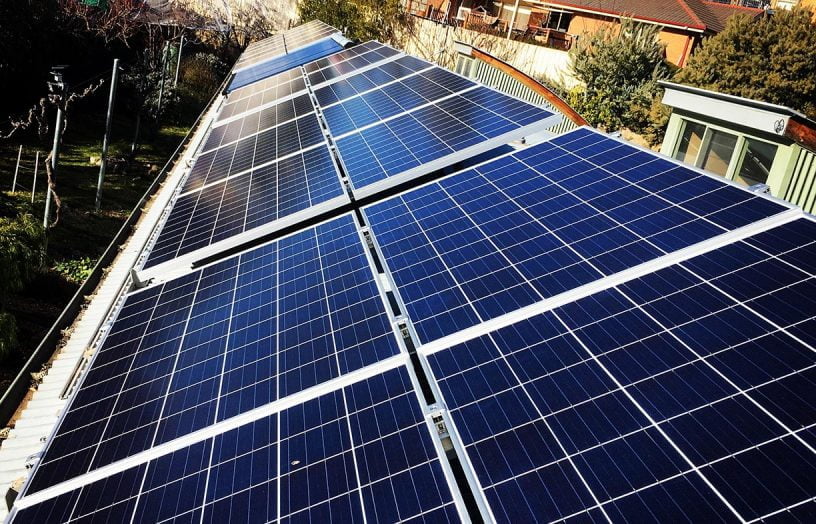 In focus
In focus
Get the most from your solar PV for summer cooling
Cooling your house using your rooftop solar system requires a bit of thought and planning, but when you get it right, the savings can be well worth it.
Read more

